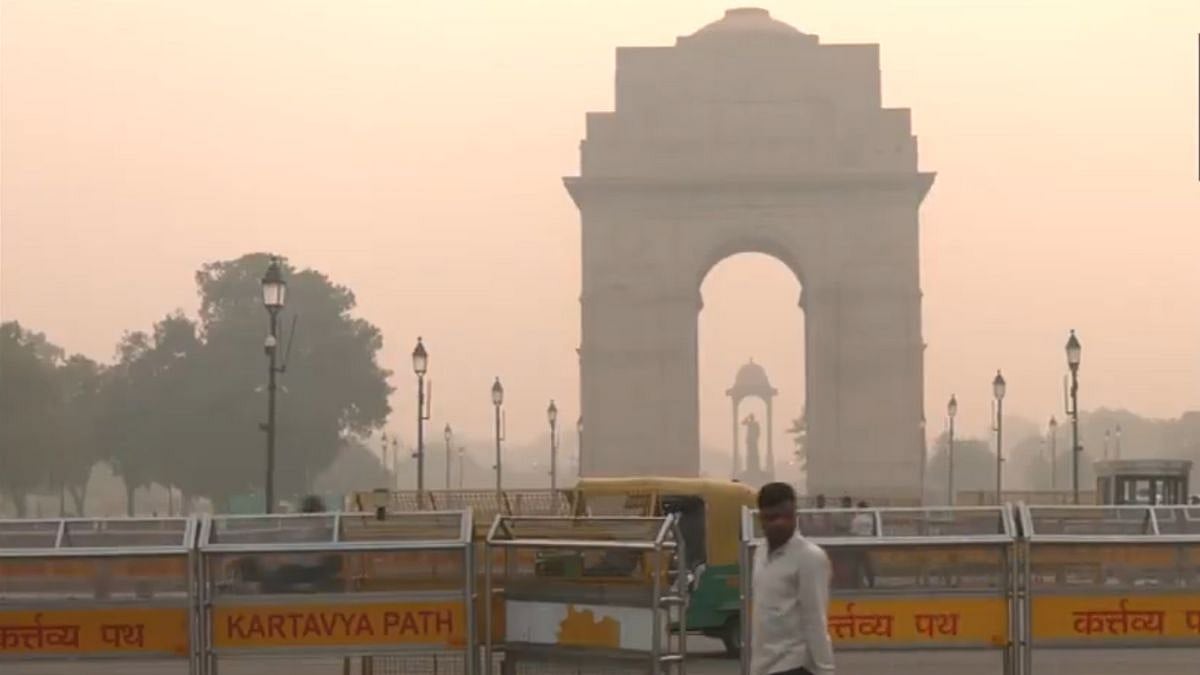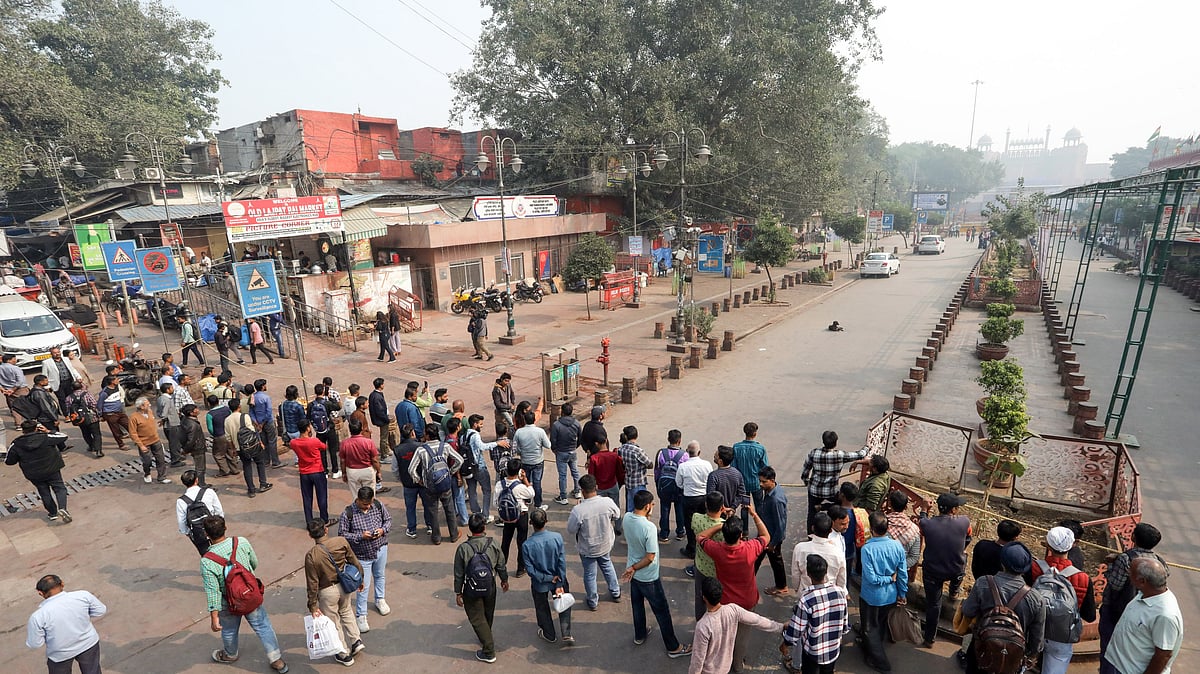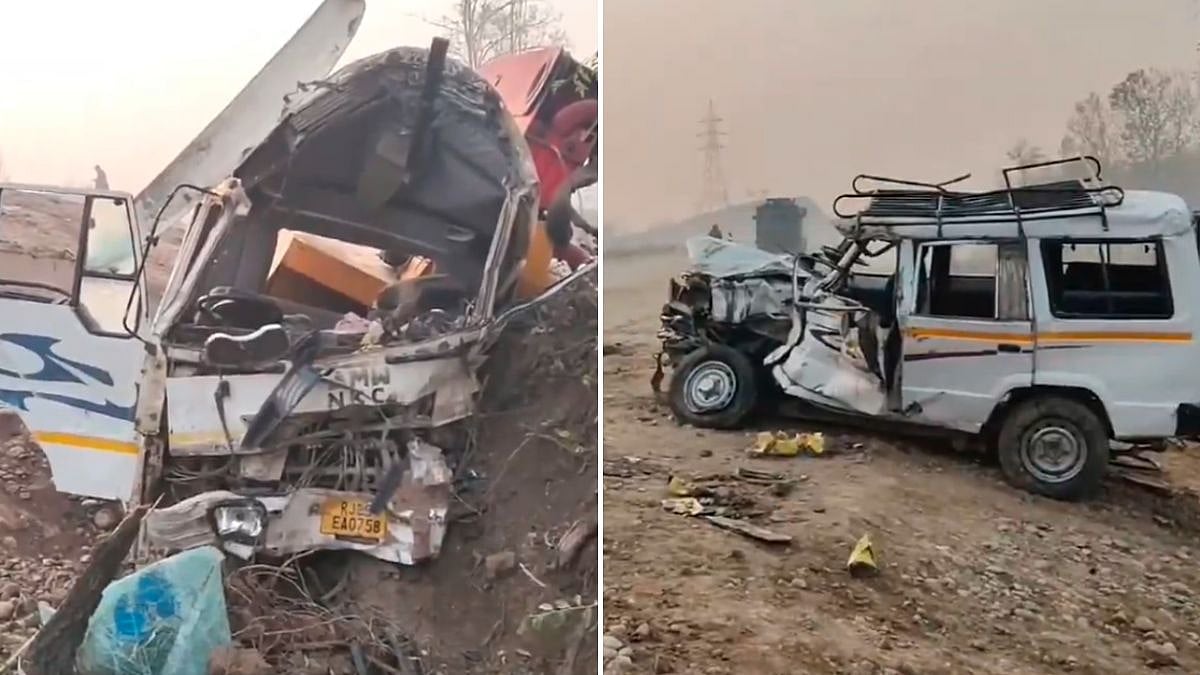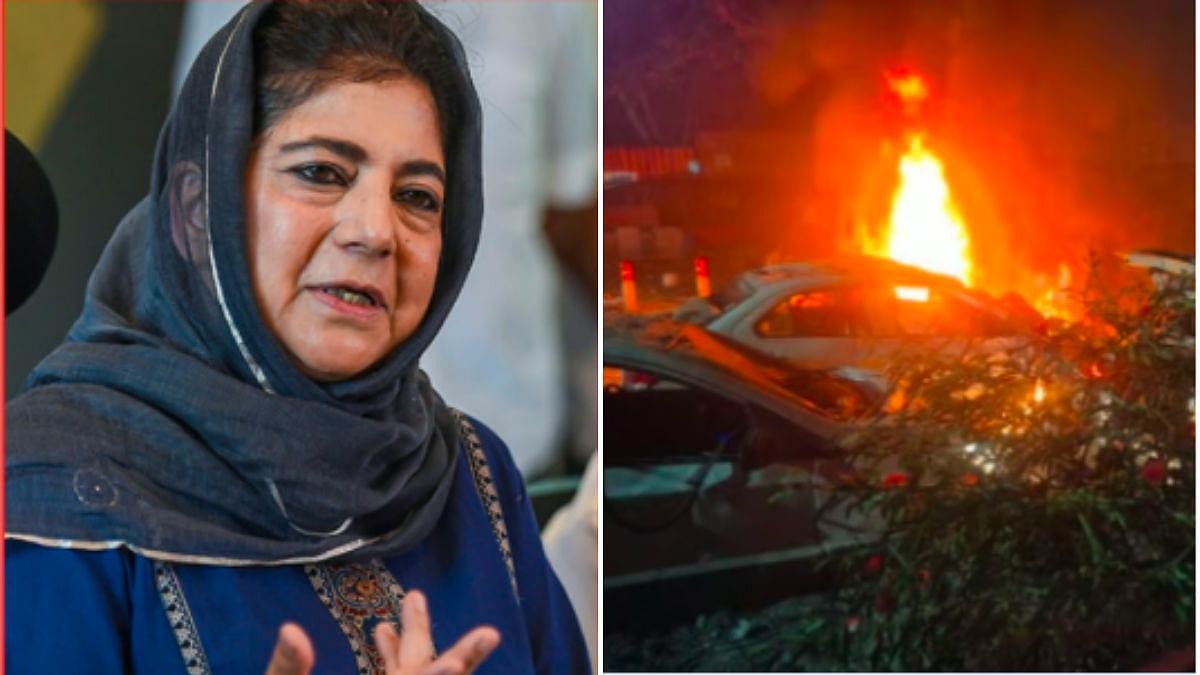New Delhi: Delhi remained engulfed in toxic air on Sunday, as pollution levels showed no signs of easing as winter conditions tightened their grip.
Details
Residents faced yet another morning of hazardous smog as the Air Quality Index (AQI) crossed the 400 mark at most monitoring stations, placing the city firmly in the 'severe' category.
At 8 a.m., CPCB data showed Ashok Vihar recording an AQI of 421, Rohini 422, ITO 417 and Punjabi Bagh 410.
The CPCB categorises AQI between 401 and 500 as 'severe', indicating serious health risks for all age groups.
On Saturday, Delhi Environment Minister Manjinder Singh Sirsa said the national capital is facing acute pollution mainly due to PM10 emissions from construction activities, dusty roads and heavy traffic congestion.
He added that the government is stepping up efforts to pinpoint and tackle pollution hotspots across the city.
The drop in temperatures is further aggravating the situation, with accumulated dust settling into the air and turning into dense smog.
Sirsa also pointed out that emissions from industrial units relocated to neighbouring states continue to drift into Delhi's airspace, worsening conditions.
According to the Decision Support System (DSS) of IITM Pune, stubble burning contributed 16.3 per cent to Delhi's pollution load on Saturday, while vehicular emissions accounted for 18.3 per cent -- the highest among all sources.
DSS estimates that stubble burning will make up 14.5 per cent of the city's pollution on Sunday.
The India Meteorological Department (IMD) has forecast mist or shallow fog during the morning hours, with partly cloudy skies expected on November 18 and 19.
The maximum temperature is likely to remain between 24 and 26 degrees Celsius, while the minimum may settle around 12 degrees Celsius.
Alongside Delhi's choking air, the IMD has also issued severe cold-wave alerts for large parts of central India.
(Except for the headline, this article has not been edited by FPJ's editorial team and is auto-generated from an agency feed.)








